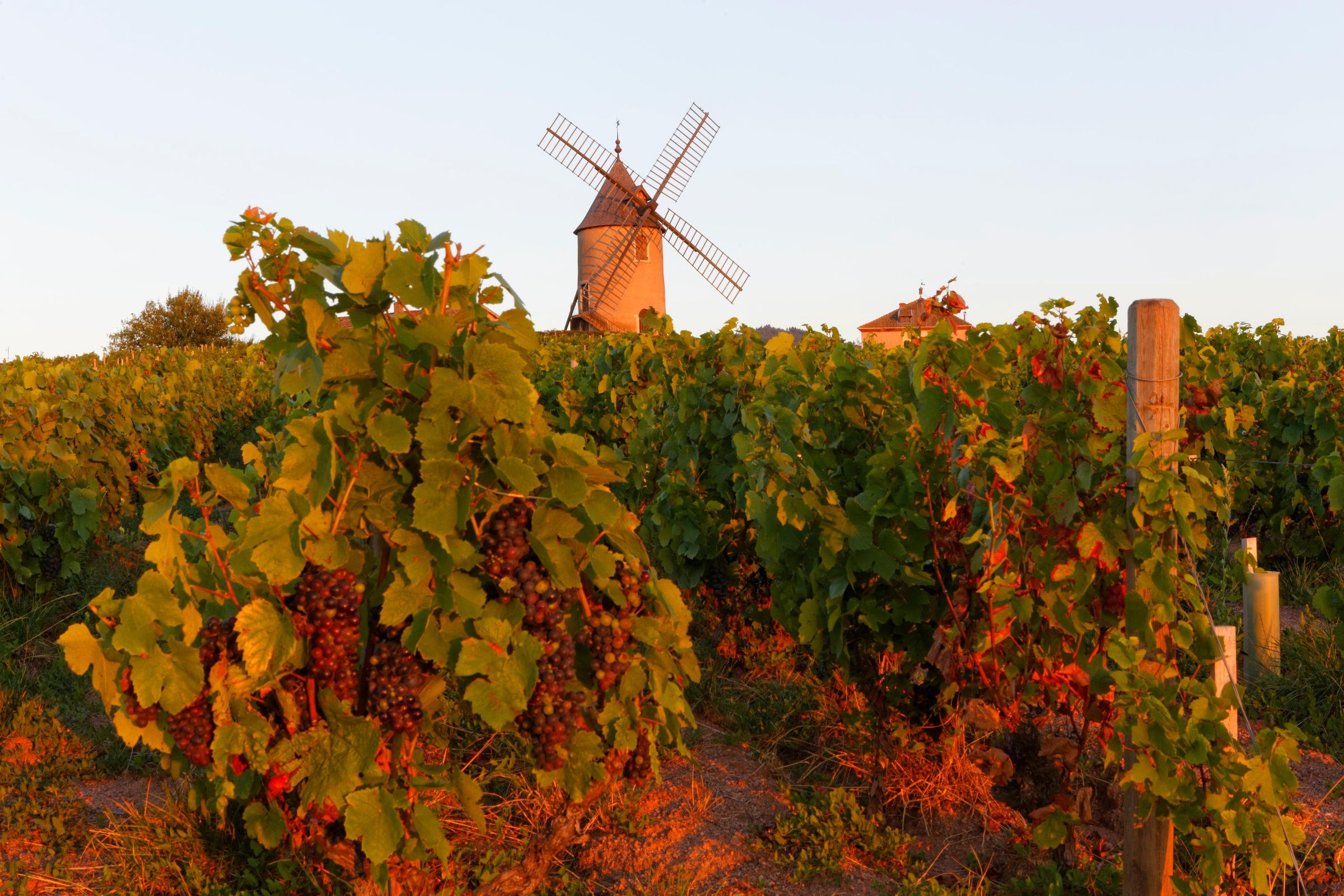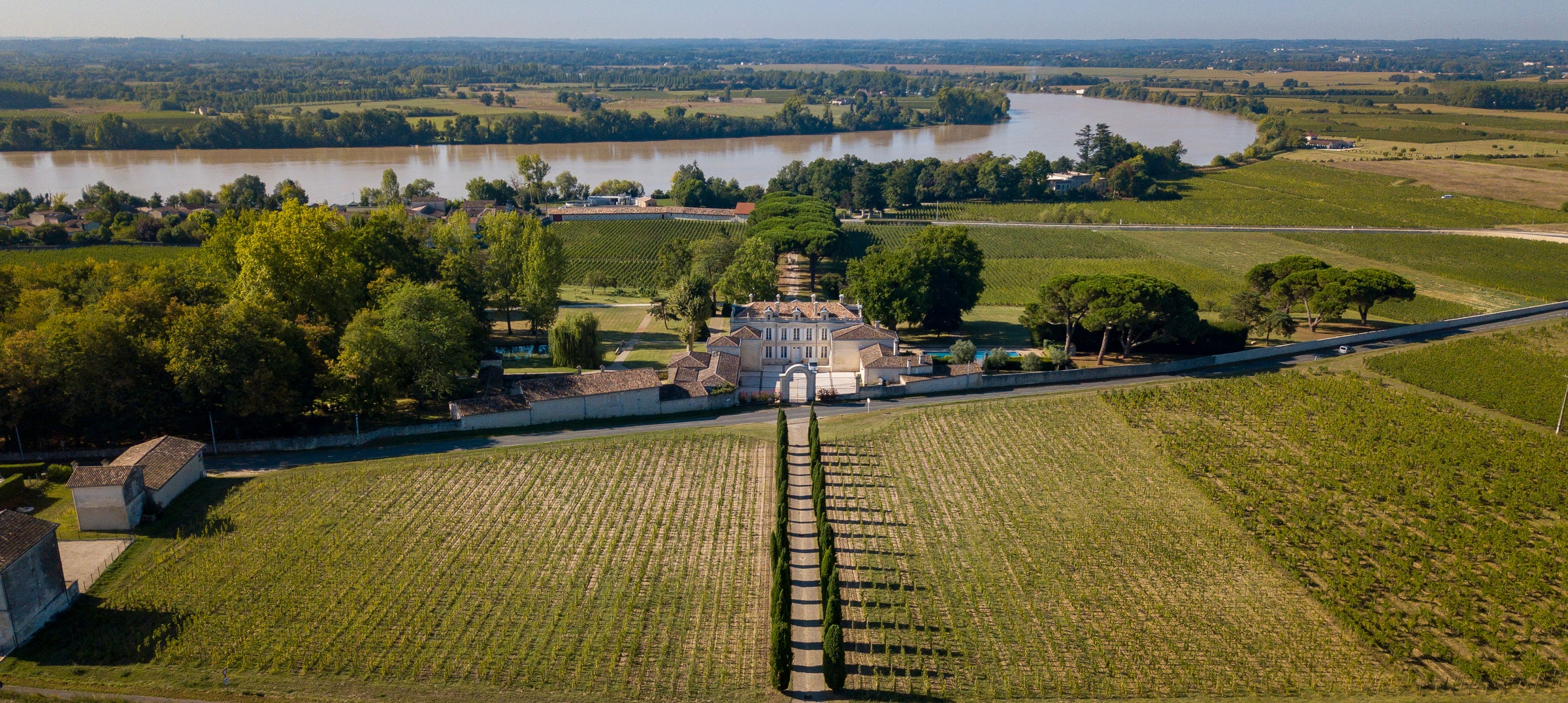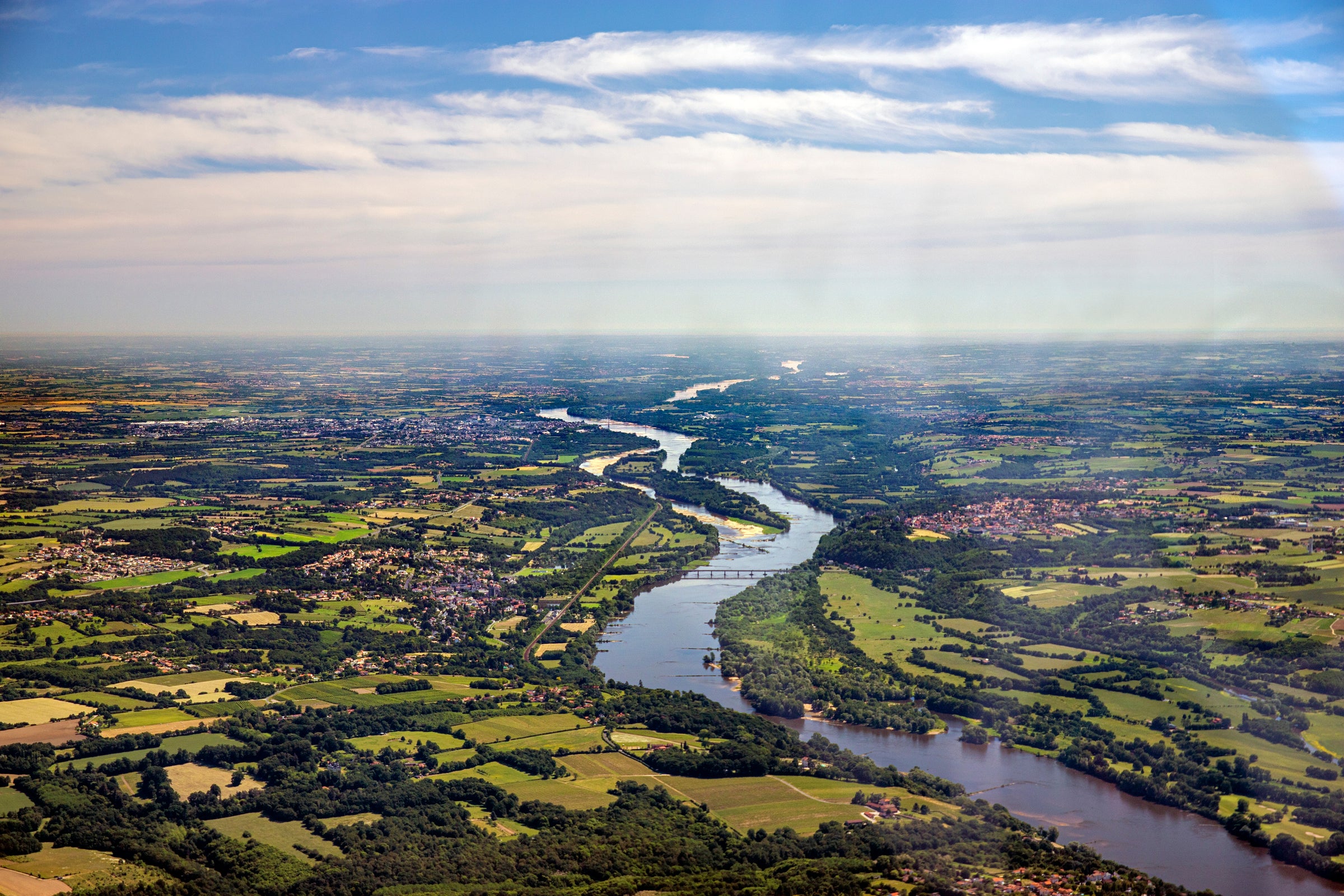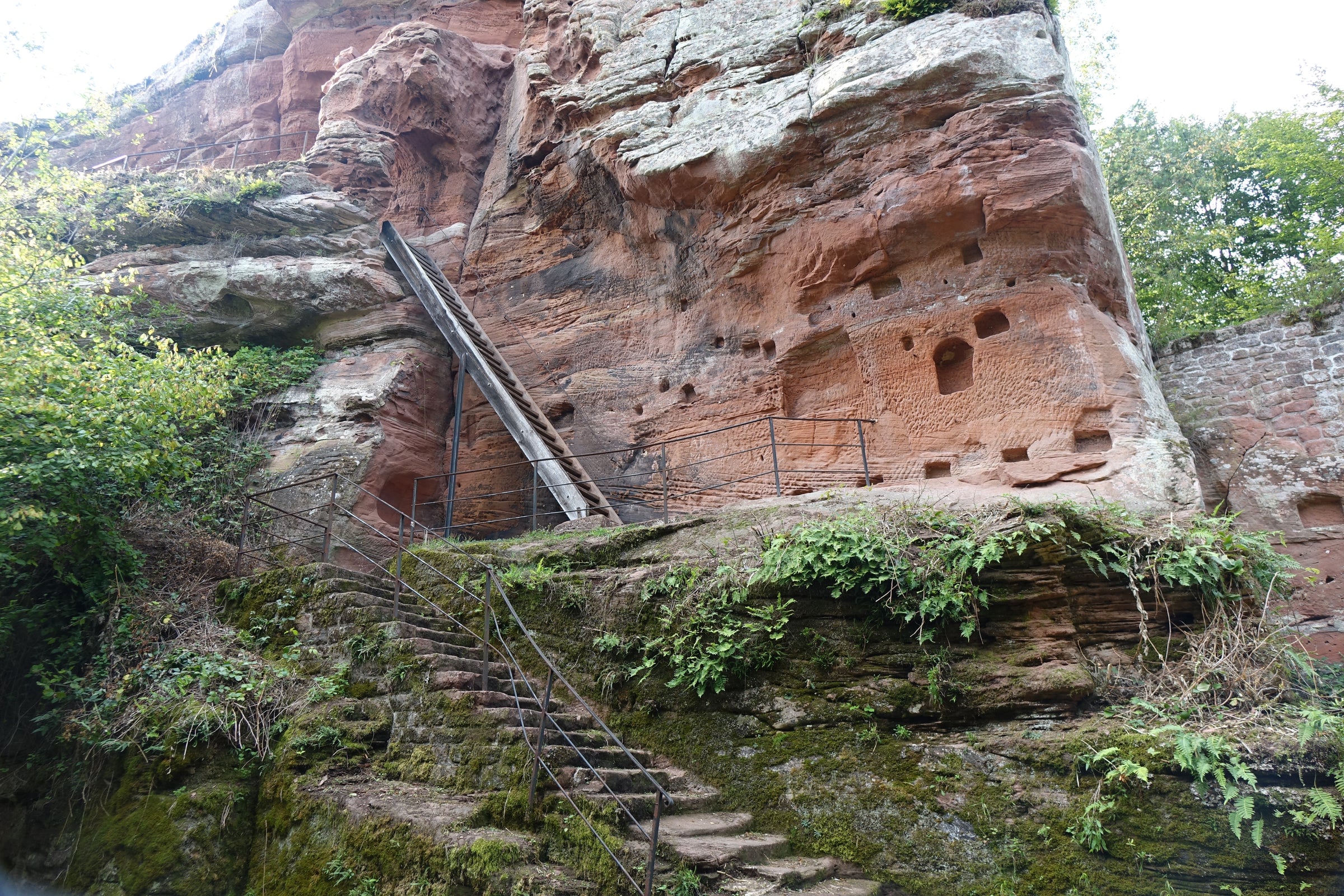I had a sneaking suspicion we’d gotten away with robbery when first savoring today’s 2015 Le Haut-Médoc d’Issan because it exploded with Margaux/Pauillac swagger while flaunting a $39 price tag. And still, it would appear the broader world is not yet familiar with this epic Bordeaux label despite everyone bowing deeply to the pedigreed name behind it: Château d’Issan.
This Grand Cru Classé property, rooted in 870 years of winemaking, has crafted some of the most consistently high-marking Margaux of the 21st century. But here’s the secret: Just a few miles west of their prized Third Growth estate lies a small stand of vines that fall just outside the famed Margaux designation. What does that mean for you? Well, although the label states “Haut-Médoc,” you’re still getting the same master craftsmanship and seductive Cab-Merlot blend as Issan’s Grand Vin. What’s not the same, however, is the price and production: This is 2-2.5x more affordable and 6x more limited! Love Margaux? The 2015 vintage? Polished, explosively perfumed Left Bank reds? This is tailor-made for you! As always, the provenance is flawless: After a six-year slumber in France, this special parcel has just arrived at our temperature-controlled warehouse. Up to one case per person.
Many châteaux are old, some are historic, but a few are flat-out ancient—Third Growth Château d’Issan is one of them. In May of 1152, wine produced from this exact property was poured at the wedding of England’s soon-to-be king, Henry Plantagenet. For the next 500 years, the estate was meticulously preserved until a transfer of ownership in the mid-17th century prompted a complete rebuild that included a moat, an elaborate gated entrance, and a stone wall that still surrounds the vineyard today. Prosperity followed, which earned them a prominent Third Growth status in the 1855 classification of Bordeaux. Following World Wars I & II, the property—like so many others—fell destitute, until the Cruse family took over with a series of restoration, replanting, and reimagining.
The 2015 vintage marked the 70th since the storied Cruse family took over, and it was one of remarkable warmth and sunlight with concentration levels on par with legendary 2009. Their Margaux-adjacent, five-hectare pocket of vines was harvested between September 21st and October 9th with judiciously low yields of 40 hl/ha. In the cellar, the grapes fermented in stainless steel tanks and subsequently matured in French barrels, 35% new, for one year. The final blend was classic Margaux: 60% Cabernet and 40% Merlot, virtually identical to Issan’s 2015 Grand Vin.
No matter the cuvée, it seems Château d’Issan always manages to create sleek Left Bank reds with the deep polish of Margaux and the formidable structure of Pauillac. Given 30 minutes in a decanter, this spills into a Bordeaux stem with dark, concentrated aromas of spiced plum, black cherry, licorice, and blackcurrant infused with tar, smoke, espresso, lead, violet, crushed gravel, damp soil, tobacco leaf, and baking spice. Medium-plus bodied, the palate boasts broad, glossy layers of black fruits with savory nuances of damp earth and cacao. If their Grand Vin is considered a “tour de force,” today’s 2015 must be a tremendous Cinderalla story for the Haut-Médoc. But should we really be surprised? This is Third Growth Issan we’re talking about, and the vines for today’s cuvée lie next door to Margaux. Add on perfect provenance (direct from France) and you have a no-brainer $39 purchase. Enjoy now and throughout this decade.








